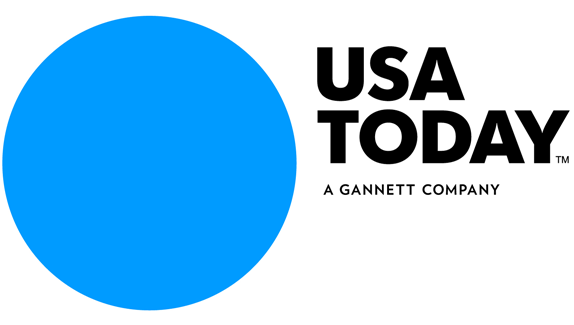|
USAToday Column
March 3, 2019 BARCELONA, Spain.—Finally. After decades of research, and years of unfilled promises, this year’s Mobile World Congress (MWC) Trade Show in Barcelona, at last, shows us what the future of smartphones is going to be: foldable and fast. The foldable phones – or just foldables, in particular – have been generating a tangible sense of excitement at this year’s show, and for good reason. They represent the first genuinely new design for mobile phones in over 10 years. Thanks to the bendable screens at the heart of their design, these devices enable access to the larger screens we all want, but in a form that can still fit in your pocket. Think of them as a combination of a small tablet and smartphone, all in a single device. In addition, phones that incorporate support for the upcoming speedy 5G networks were all over the show floor this year, and nearly all were powered by Qualcomm’s X50 5G modems. In the U.S., all the major carriers have announced that they plan to bring 5G support to certain cities in 2019, with wider coverage expected in 2020. What's the big deal? All of this matters because the combination of 5G-capable smartphones and networks will enable download speeds that can be up to 10x faster than current 4G networks. On the foldable side, the first official offerings are the Samsung Galaxy Fold, unveiled last week at a pre-MWC press event, and the Huawei MateX, which, though impressive, is unlikely to come to the US market anytime soon. Several other Chinese companies also showed their own foldable designs, including Oppo and TCL, but none were officially announced with prices and shipping dates. As tantalizing as the potential capabilities of these foldable devices may be, initial price points for these devices are, well, less tantalizing. The Samsung Galaxy Fold starts at $1,980 for a version with 4G/LTE – the 5G-capable version will undoubtedly be more – while the MateX’s European prices roughly translate to $2,600. Given the challenges that many people had with smartphones that hit $1,000 prices, the thought of $2,000 phones may seem a bit overwhelming. As a result, the first iterations of these devices will likely have somewhat limited sales. For status-conscious gadget buyers, however, I have little doubt that shortly after the April 26 US launch date for the Samsung Galaxy Fold, it will be the device to own. The thing to remember about foldables is that they represent the next generation of mobile computing devices. Over time, most of us have come to recognize that smartphones are used for many of the same types of applications and functions that we used to only do on a PC. Until now, we’ve been limited by the size of the smartphone’s screen, however. Sure, we could carry around a tablet to get access to a bigger screen, but the portability and “pocketability” of smartphones is what makes them so compelling. By combining the advantage of a larger screen with a smaller device size, foldables offer the best of both worlds. In fact, I think the advancement is important enough that by 2023 or so, existing smartphones will look and feel like technological dinosaurs – and most people will move to foldable designs. Phones won't all look alike On the Galaxy Fold, for example, Samsung highlighted the ability to open up to three different applications simultaneously, for computer-style multitasking, as well as a feature called App Continuity that promises smooth transitions from apps running on its front screen onto the larger, unfolded screen. Given the high price points and, in the case of foldables, radically different designs for some of the new smartphones introduced at MWC, it’s clear that they aren’t going to be for everyone – at least initially. But at least now we know where the smartphone and mobile computing market is headed and I, for one, am very much looking forward to this very exciting, and very different future. Here’s a link to the original column: https://www.usatoday.com/story/tech/columnist/2019/03/03/why-folding-smartphones-really-big-deal-and-what-means/3032681002/ USA TODAY columnist Bob O'Donnell is the president and chief analyst of TECHnalysis Research, a market research and consulting firm that provides strategic consulting and market research services to the technology industry and professional financial community. His clients are major technology firms including Microsoft, HP, Dell, and Intel. You can follow him on Twitter @bobodtech. |








